How to Bake Coffee beans? several baking methods of coffee beans
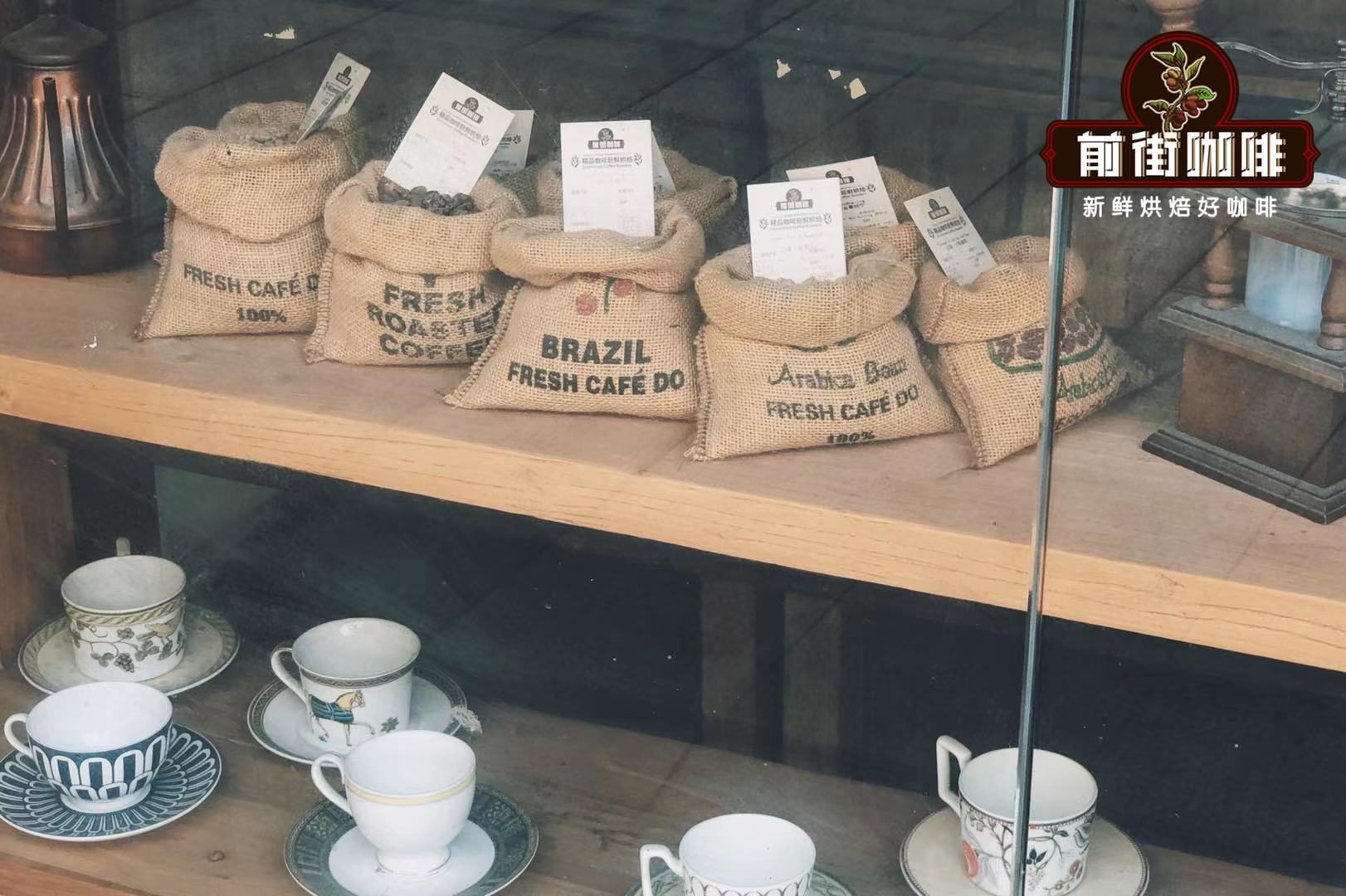
Professional coffee knowledge exchange more coffee bean consultation please follow the coffee workshop (Wechat official account cafe_style)
When you buy roasted coffee beans, you will notice the color and shape of the coffee. if the beans are full and uniform, this is a properly roasted and good quality coffee. in addition, after baking for a period of time, oil will appear on the surface of the beans, but don't forget that even fresh coffee beans will appear on the surface after deep baking.
Coffee roasting (coffee roasting) refers to the process of heating raw beans to promote a series of physical and chemical reactions inside and outside of coffee beans, and in this process to produce a variety of sour, bitter, sweet and other flavors of coffee, forming mellowness and hue, and converting raw beans into dark brown beans.
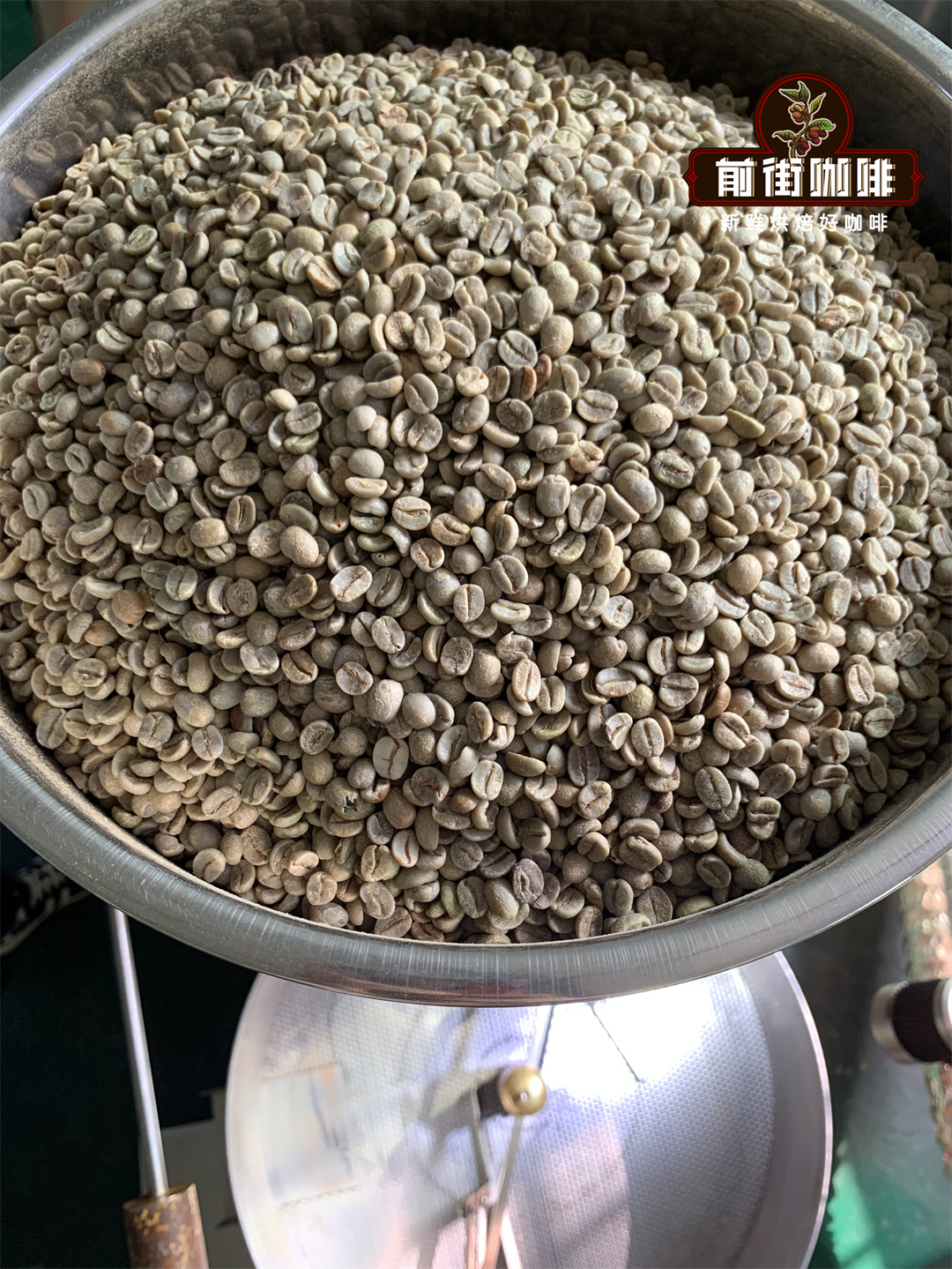
Factors affecting the taste of coffee
Generally speaking, the variety and treatment method of coffee are the main factors that affect the flavor of coffee, but the influence of roasting method is also great. Coffee is also a kind of food, just like we cook. Freshness and variety of ingredients are important, but in the end, it depends on our control of the fire. In the baking degree, the biggest range is the huge difference in taste between light roasting and deep roasting, so whenever you are looking for a certain flavor, the first determining factor is the roasting degree of coffee.
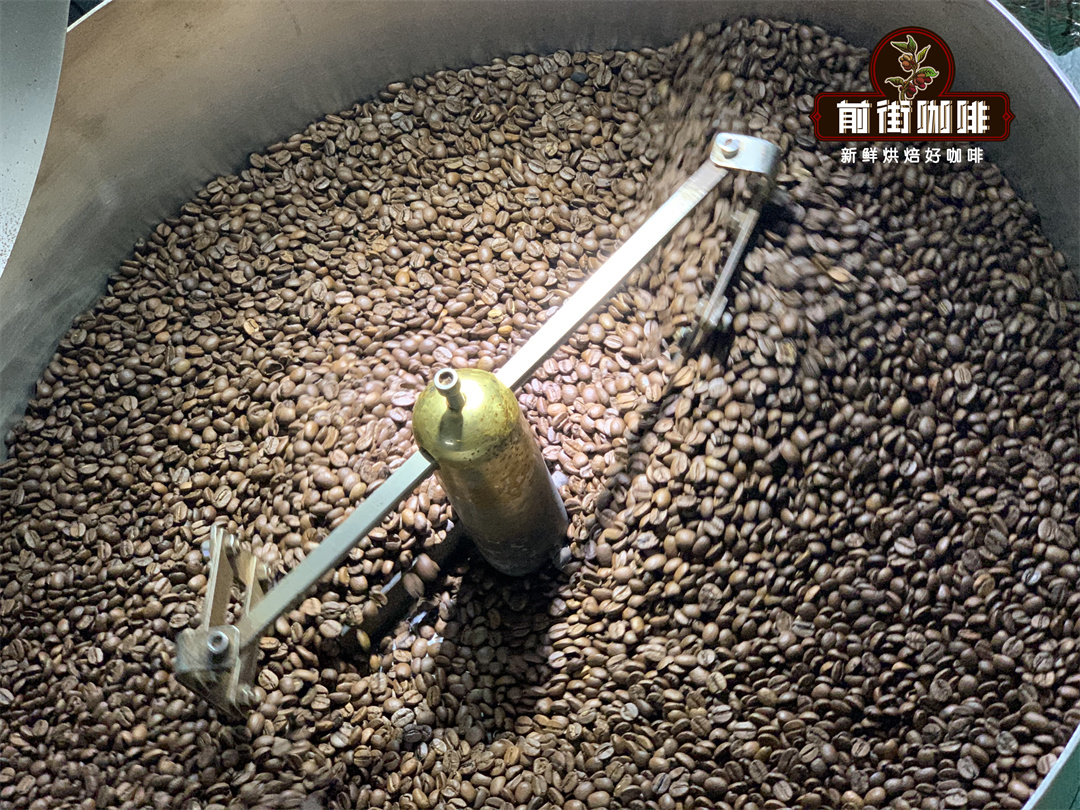
Light baking
Light baking can also be divided into the following:
Very shallow baking (LIGHT Roast): the degree of baking; very shallow baking, also known as shallow baking. The lightest roasting degree of all roasting stages, the surface of the coffee beans is a light cinnamon color, its taste and aroma are insufficient, this state is almost undrinkable. It is generally used for testing and seldom for tasting.
CINNAMON Roast: degree of baking; shallow baking, also known as cinnamon baking. The general baking degree, showing cinnamon color on the appearance, the smell of green has been removed, the aroma is OK, and the acidity is strong, which is a common roasting degree of American coffee.
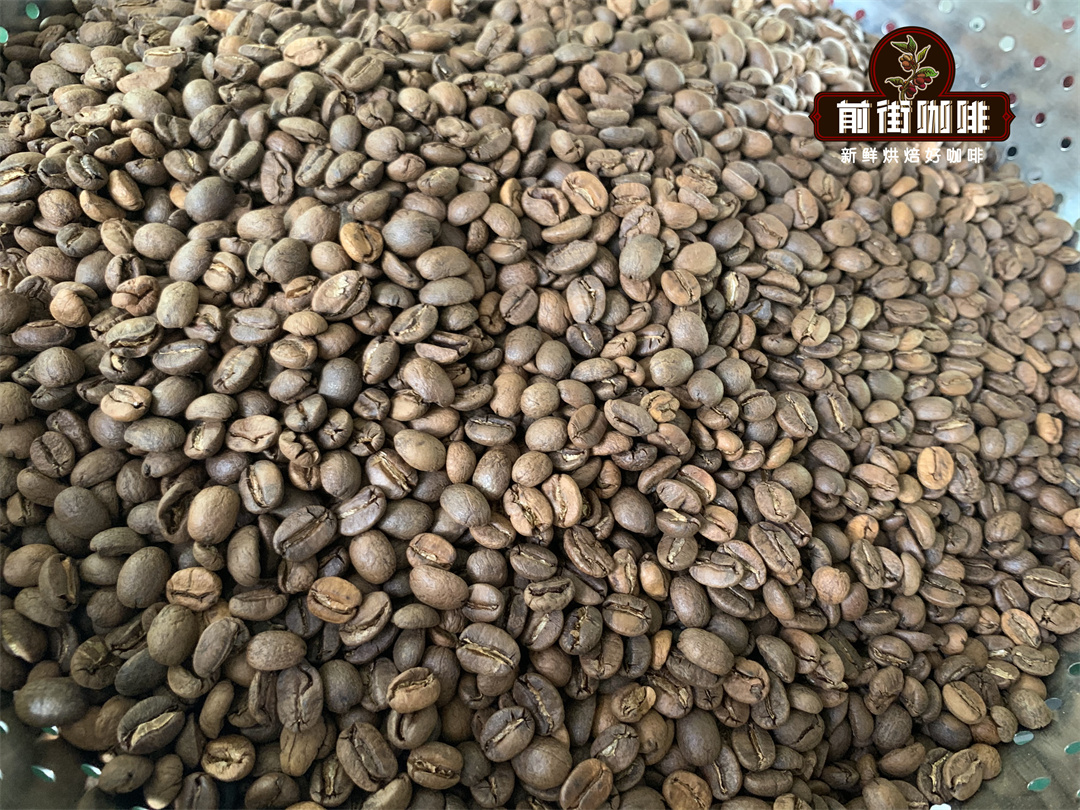
Medium baking
MEDIUM Roast: degree of baking; moderate baking, also known as micro baking. Medium baking heat and light baking are both American, in addition to sour taste, bitterness also appears, the taste is good. It has moderate aroma, acidity and mellowness, and is often used in the baking of mixed coffee.
Medium baking (HIGH Roast): degree of baking; moderate deep baking, also known as concentration baking. Belongs to the moderate micro-deep baking, the baking degree is slightly stronger than the slight medium baking, the surface has appeared a little thick brown, the bitterness also becomes stronger. Coffee tastes sour and bitter, with good aroma and flavor, and is most often loved by people in Japan and Central Europe. (blue Mountain Coffee)
Medium-deep baking (CITY Roast): baking degree; medium-deep baking, also known as urban baking. The most standard degree of roasting, bitterness and acidity are balanced and are often used in French coffee. (Brazil, Colombia)
Deep baking
Deep baking (FULL-CITY Roast): degree of baking; micro-depth baking, also known as deep city baking. The baking degree is slightly stronger than the medium depth, the color becomes quite dark, and the bitter taste is stronger than the sour taste. It belongs to the Central and South American baking method, which is very suitable for preparing all kinds of iced coffee.
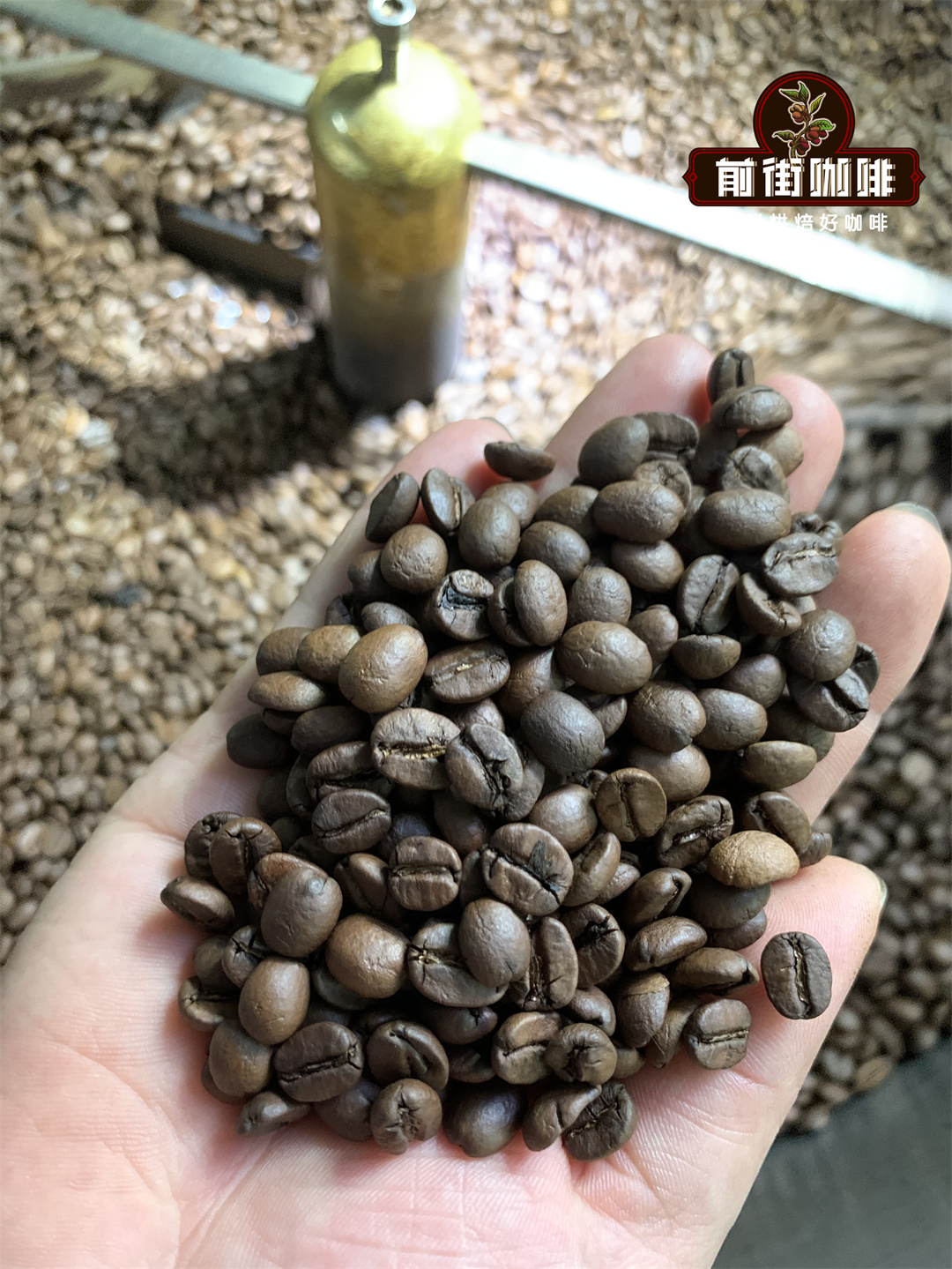
The taste brought by the roasting degree of coffee is different, as for what taste you like will vary from person to person. some people will prefer moderately roasted beans, preferring the rich taste of coffee but do not want the taste to become too dead. strong taste but with a little bit of coffee itself, but also can drink beans from different areas of the unique smell. But for people who want to increase caffeine so that they can wake up quickly in the morning, it is recommended to drink lightly roasted beans so that they will consume a little more caffeine. If you can easily understand what kind of beans are suitable for you, you can make two pots of coffee at a time, one pot of light roasting and one pot of deep roasting, to give yourself the most hands-on coffee test.
Coffee roasting methods, coffee roasting methods can be roughly divided into three categories, in order is straight fire, hot air, semi-hot air, different roasting methods will bring different changes to coffee beans:
Direct fire roasting: the most important feature of the direct fire coffee roaster is that the drum will have small holes, so that the source of fire can directly contact the coffee beans, but it is also more difficult to control the heat, but if properly controlled, the aroma of coffee beans will be excellent.
Hot air baking: mainly using strong high-temperature hot air to blow the coffee beans in the coffee oven, so that the beans can be blown, the heat conduction effect is the best, the baking time is more time-saving and fast, and the coffee flavor is clean and bright.
Semi-hot air baking: also known as semi-straight fire baking, there are no holes in the contact surface between the drum and the flame, but the seemingly compact drum actually has a small hole on the innermost side to guide the hot air flow into the furnace to assist the metal of the drum to conduct heat, so that coffee beans are roasted evenly. The adjustment in the heat is more convenient than the straight-fire baking, and the flavor is characterized by a thick and sweet finish.
You may have heard that volatile and non-volatile compounds are produced during baking. Generally speaking, volatile compounds are aroma and non-volatile compounds are flavors. But what kind of substance are these?
Volatile compounds are organic chemicals with high vapor pressure at room temperature, many of which are formed in the degradation reaction or in the development stage of baking. When the volatile compounds escape, we will smell the unique aroma of this coffee, including:
Aldehydes: bring fruit aroma, green aroma.
Furan: helps caramel smell
Pyrazine: has the smell of dirt.
Sulfur compounds: including 2-furfuryl mercaptan. Some of these compounds are often described as having the aroma of "roasted coffee", but some substances are unpleasant when smelled independently. For example, methanethiol smells like rotten vegetables.
Guaiacol: has the smell of smoke and spice.
Carbon dioxide is a volatile substance that does not affect the aroma, but does affect the thickness of alcohols.
For more boutique coffee beans, please add private Qianjie coffee on Wechat. WeChat account: kaixinguoguo0925
Important Notice :
前街咖啡 FrontStreet Coffee has moved to new addredd:
FrontStreet Coffee Address: 315,Donghua East Road,GuangZhou
Tel:020 38364473
- Prev
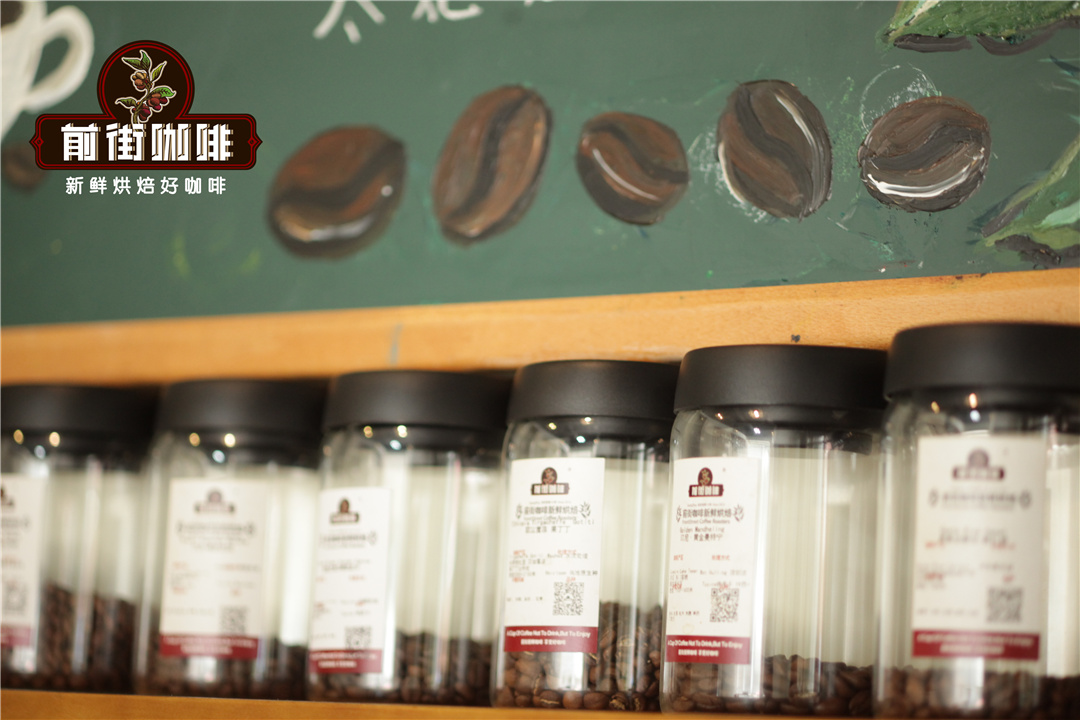
What does the coffee bean taste like? How to distinguish the flavor, aroma and taste of coffee?
Professional coffee knowledge exchange more coffee bean consultation Please pay attention to the coffee workshop (Wechat official account cafe_style) have found that on the coffee packaging, we will see such information, that is, the name of the coffee and the processing information of the producing area, and the other is the brewing flavor of the coffee. For example, the red cherries in the Yega snow coffee producing area in the front street coffee are berries, strawberries and lemons.
- Next

Espresso extraction time and quantity what is the difference between espresso and espresso
Professional coffee knowledge exchange more coffee bean information Please follow the coffee workshop (Wechat official account cafe_style) Guide I believe many friends have the same idea after reading the title: I think what's wrong with the title! But I can't tell you what's wrong! Isn't extra thick condensed? What is espresso? Espresso (Espresso) first appeared
Related
- Beginners will see the "Coffee pull flower" guide!
- What is the difference between ice blog purified milk and ordinary milk coffee?
- Why is the Philippines the largest producer of crops in Liberia?
- For coffee extraction, should the fine powder be retained?
- How does extracted espresso fill pressed powder? How much strength does it take to press the powder?
- How to make jasmine cold extract coffee? Is the jasmine + latte good?
- Will this little toy really make the coffee taste better? How does Lily Drip affect coffee extraction?
- Will the action of slapping the filter cup also affect coffee extraction?
- What's the difference between powder-to-water ratio and powder-to-liquid ratio?
- What is the Ethiopian local species? What does it have to do with Heirloom native species?

